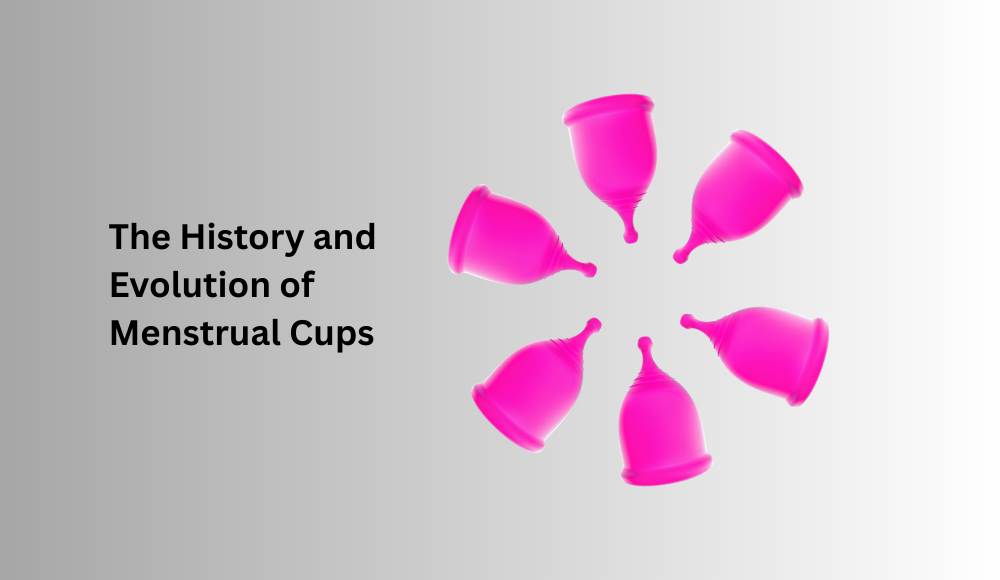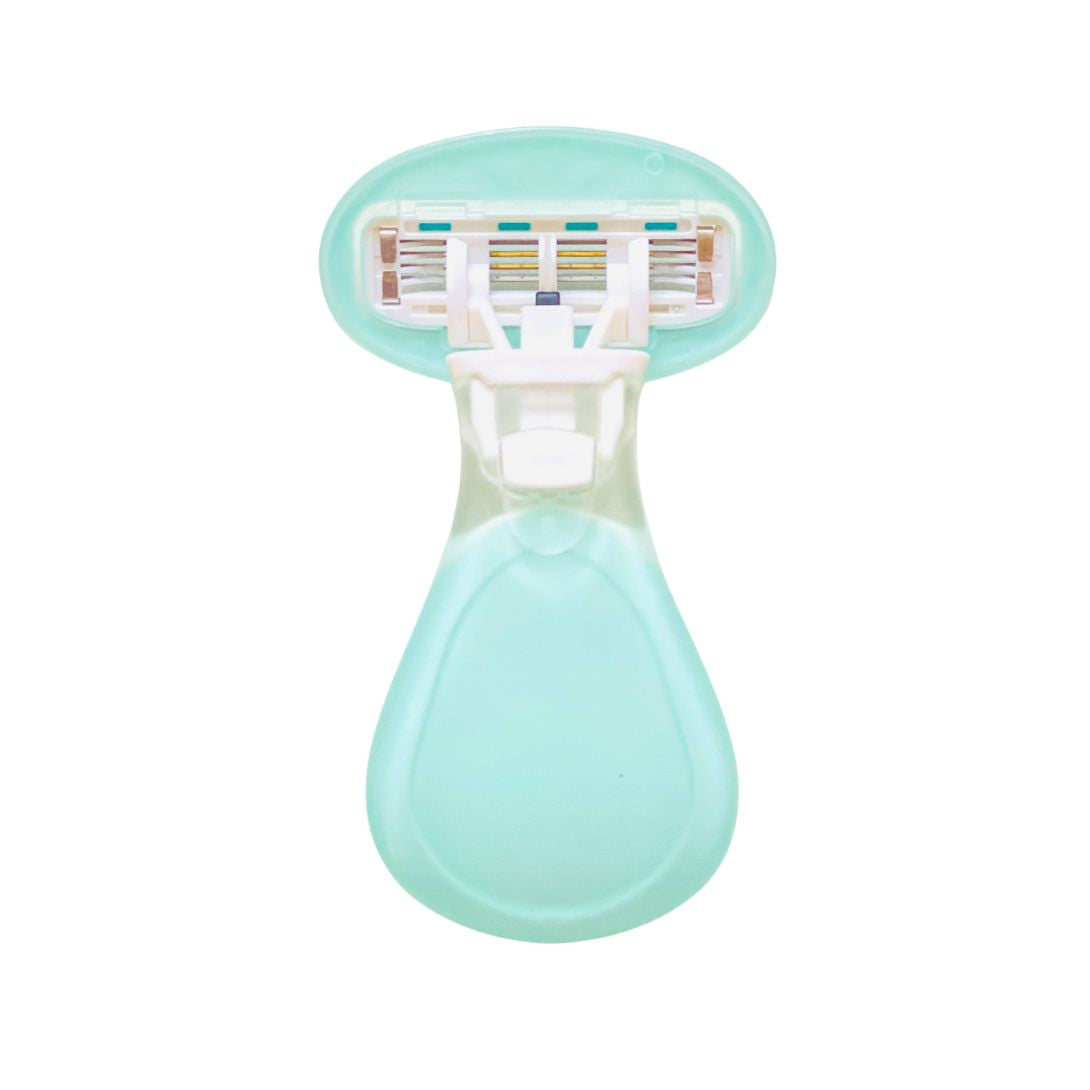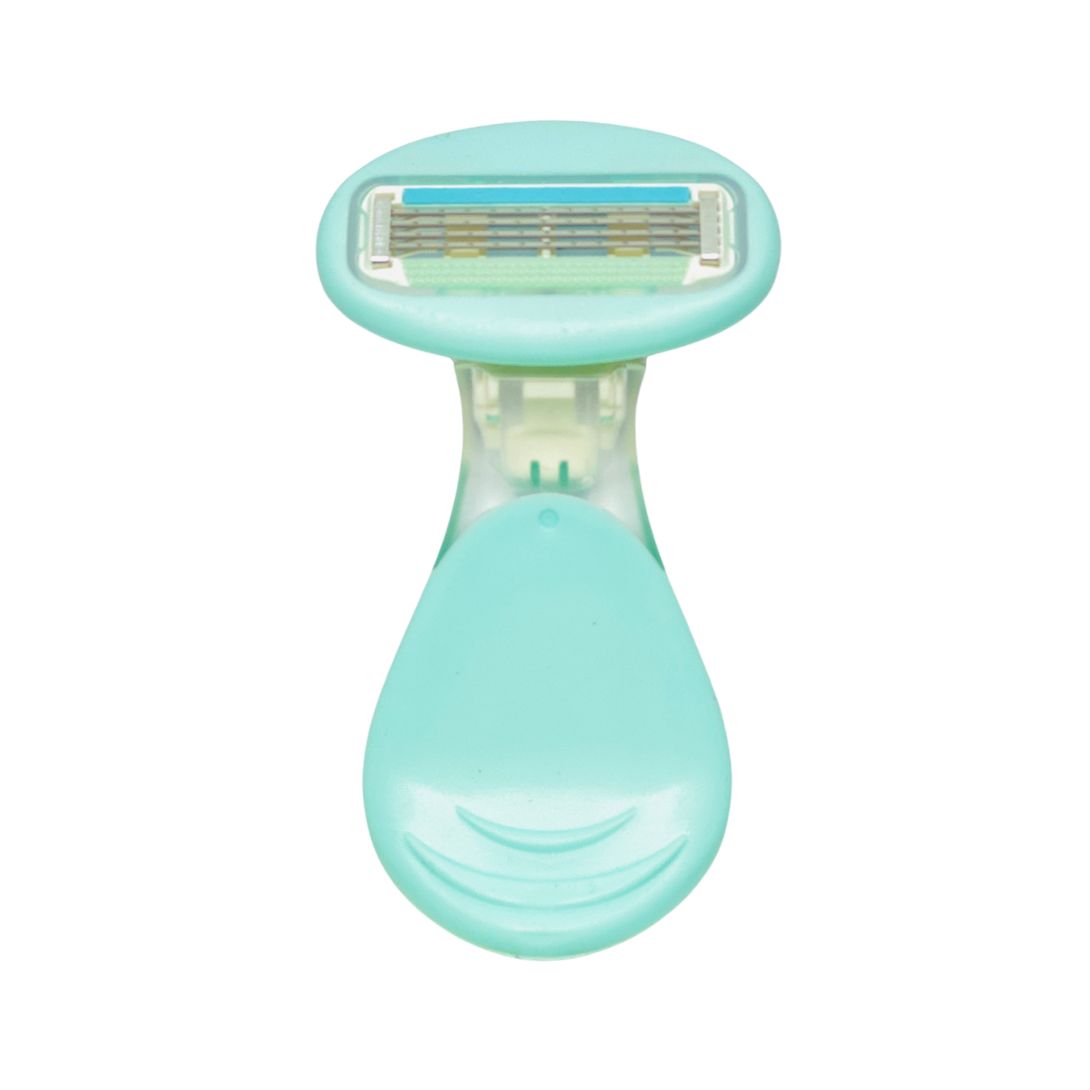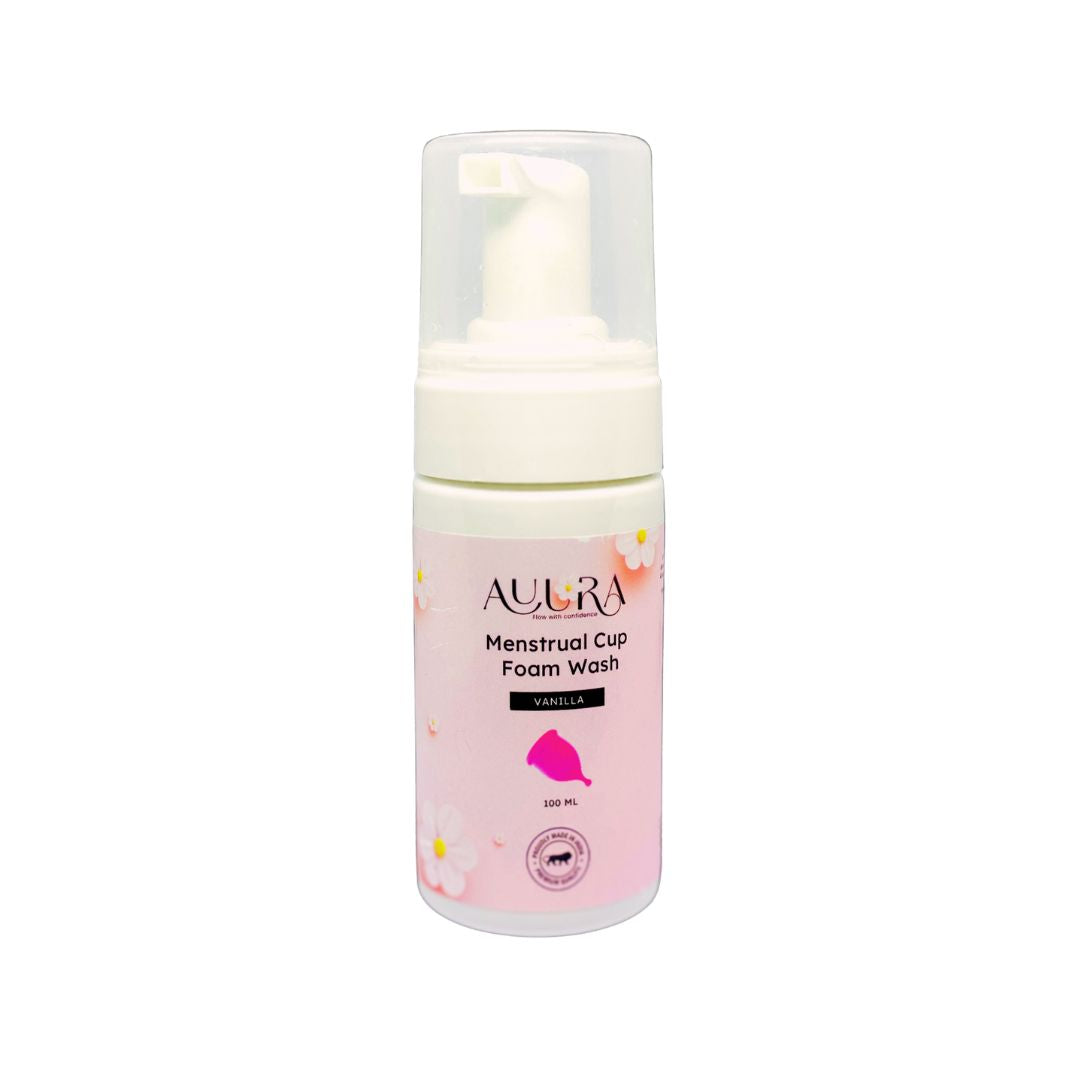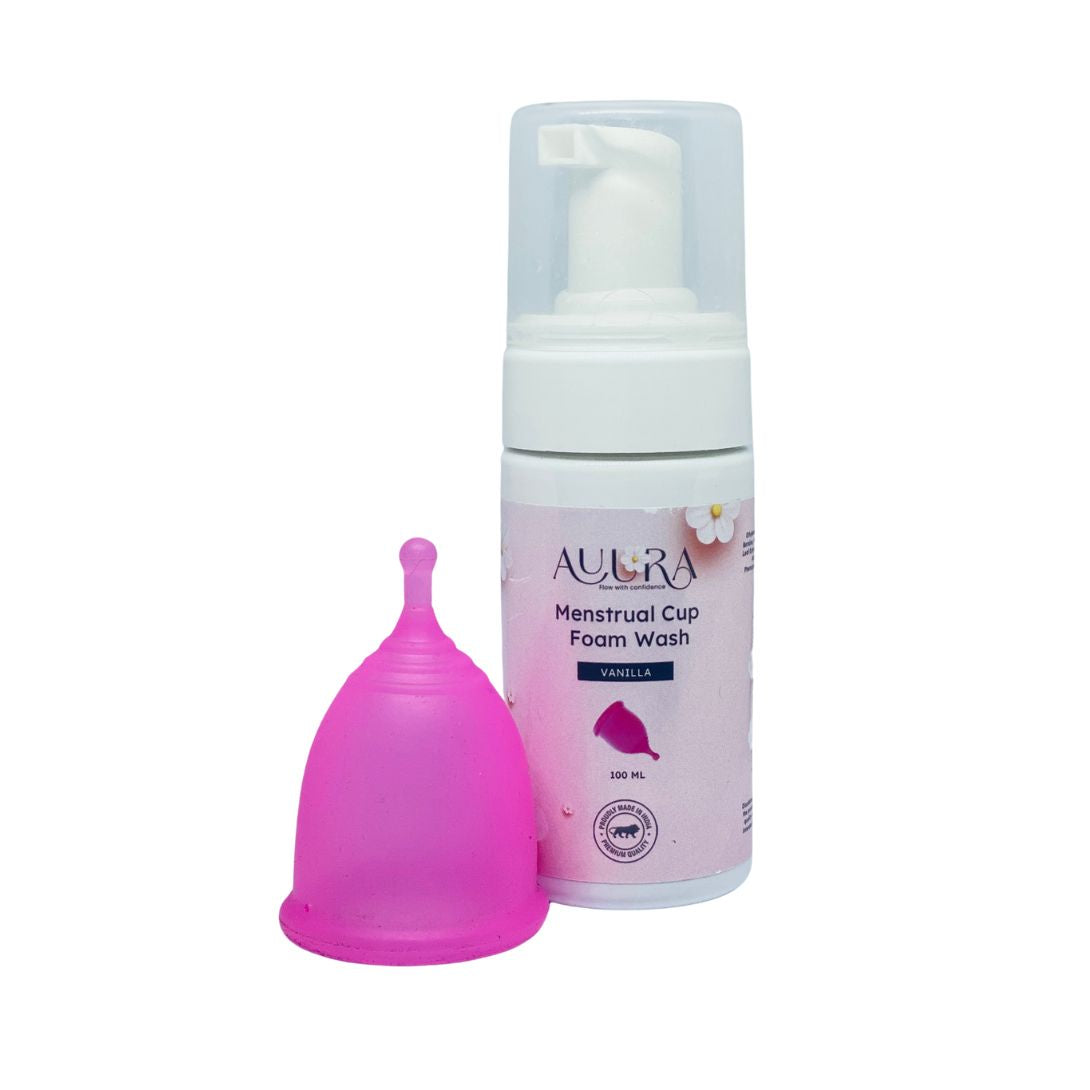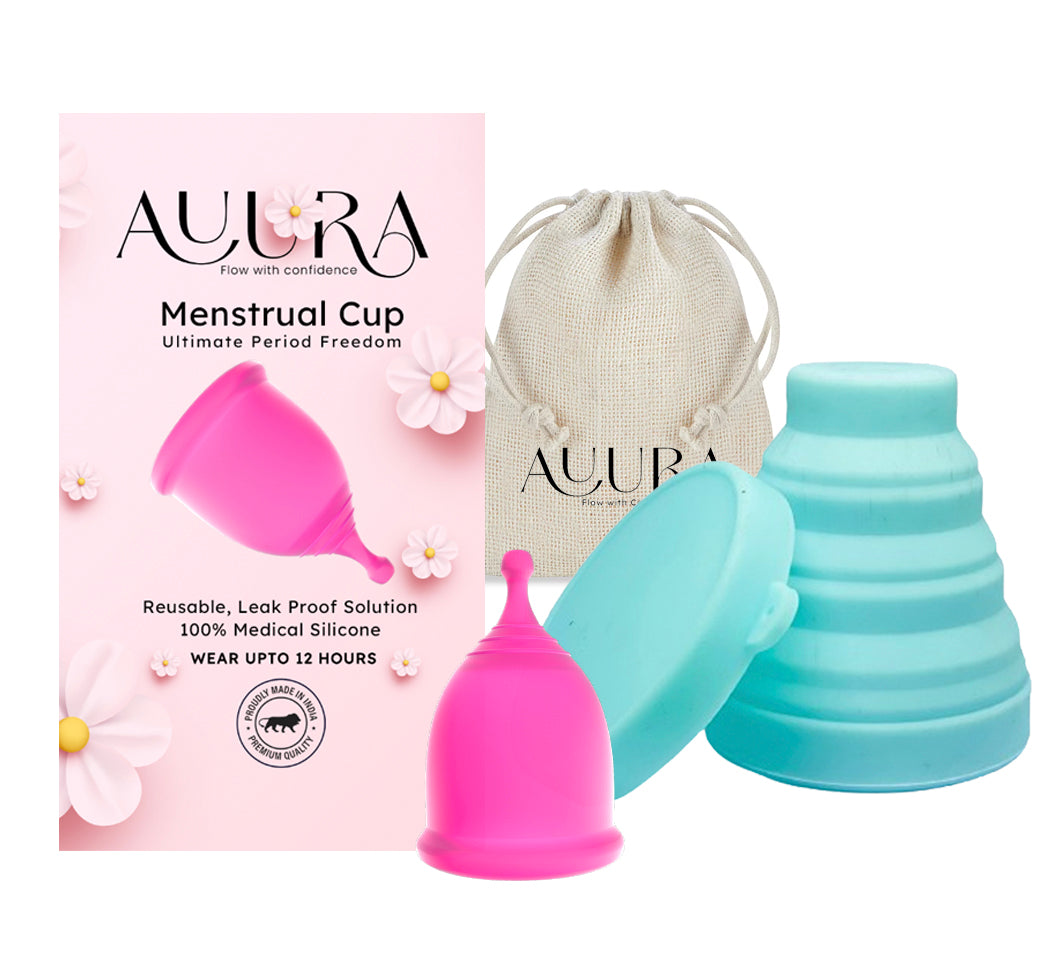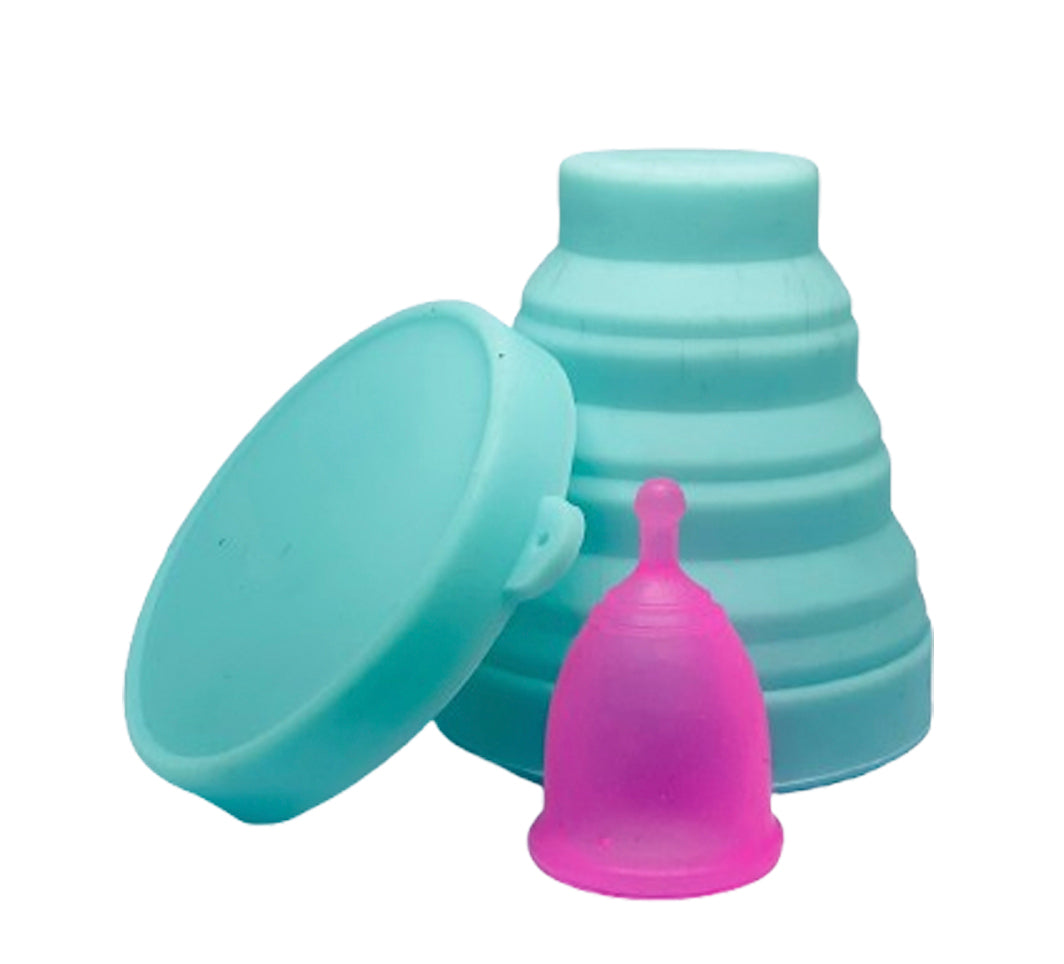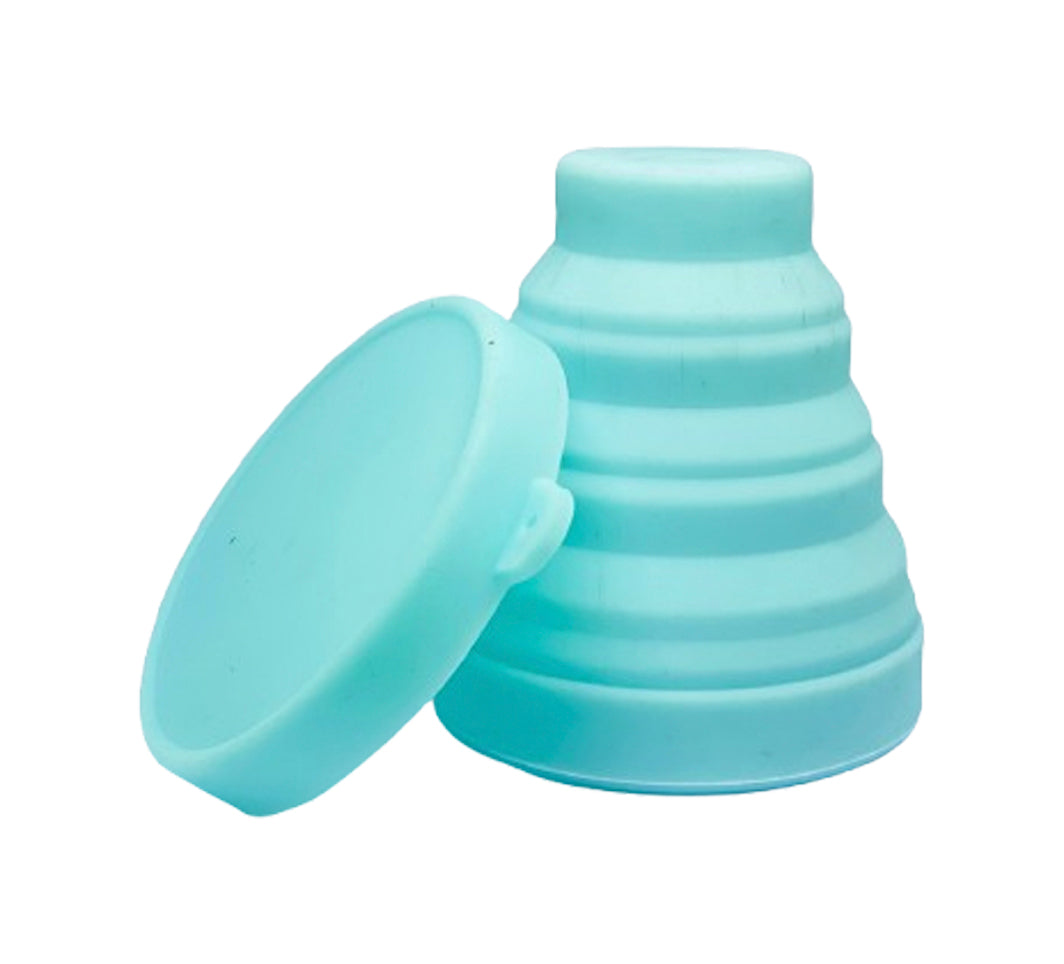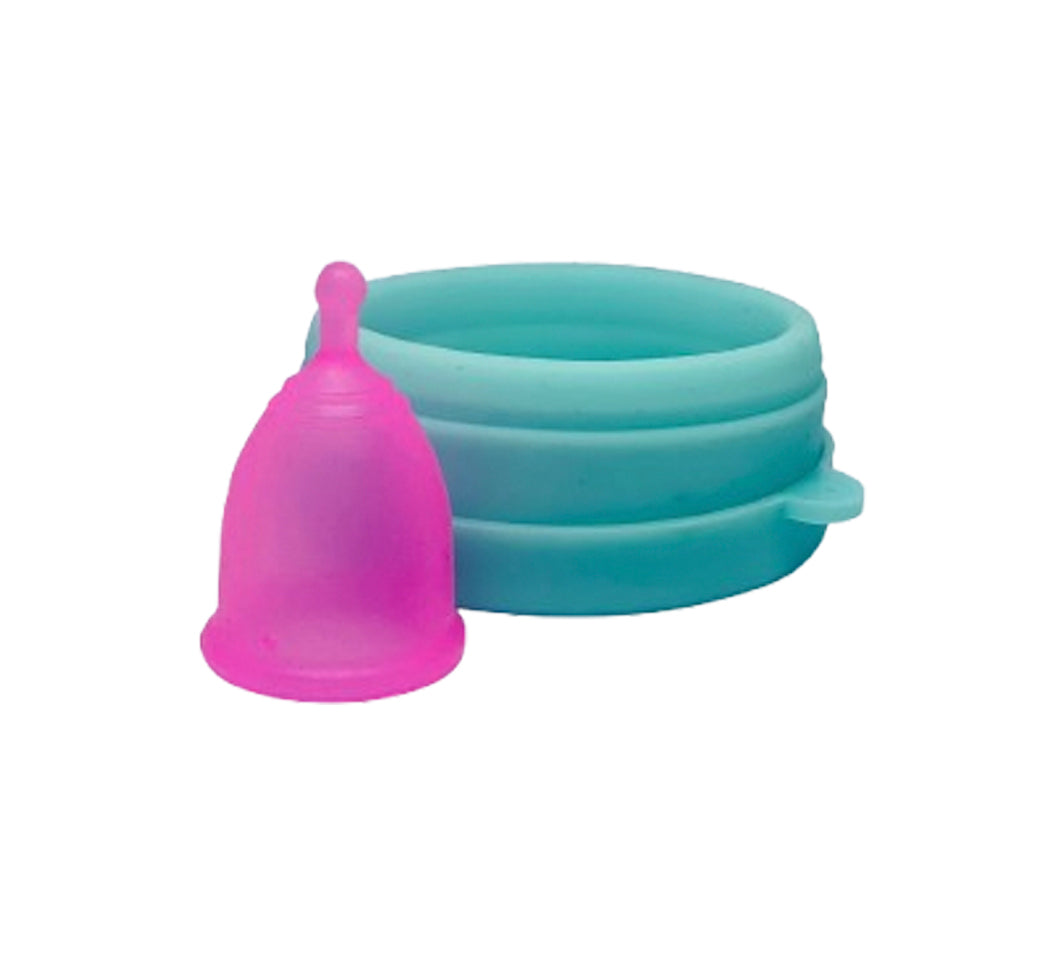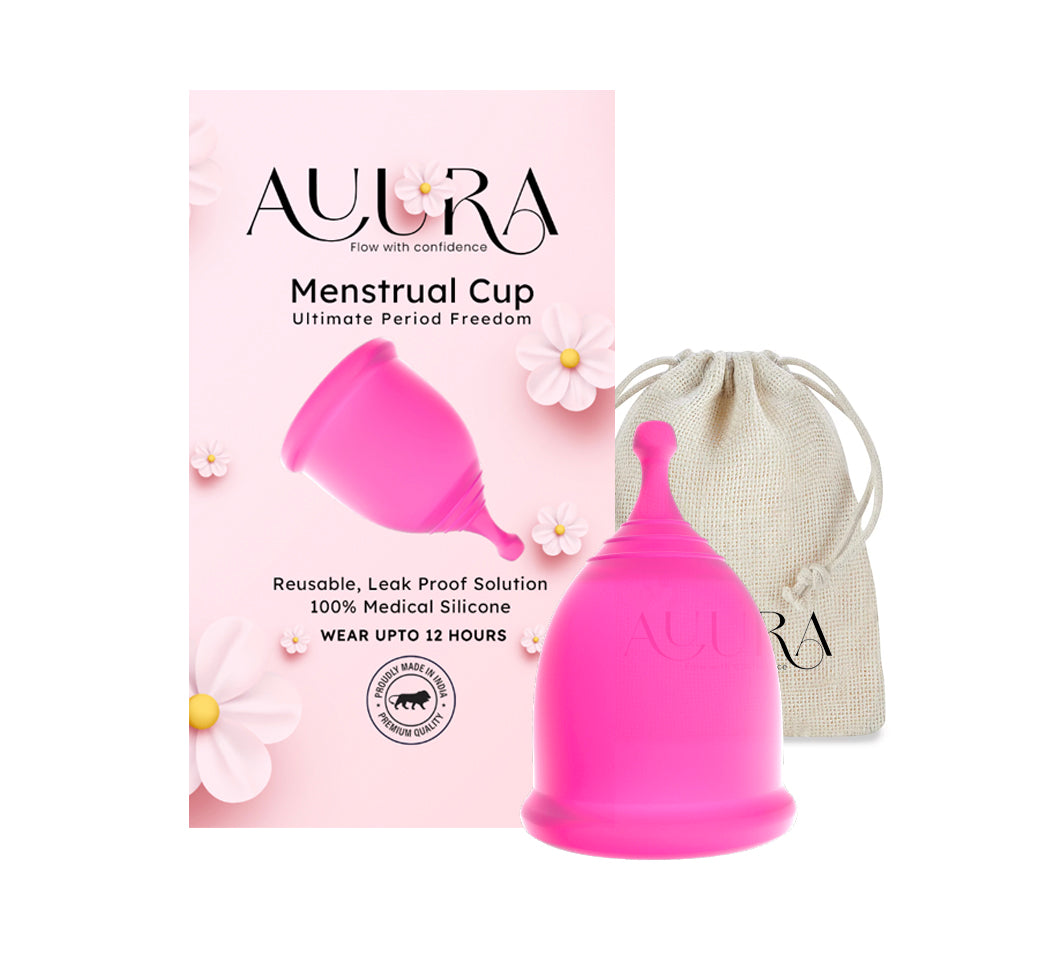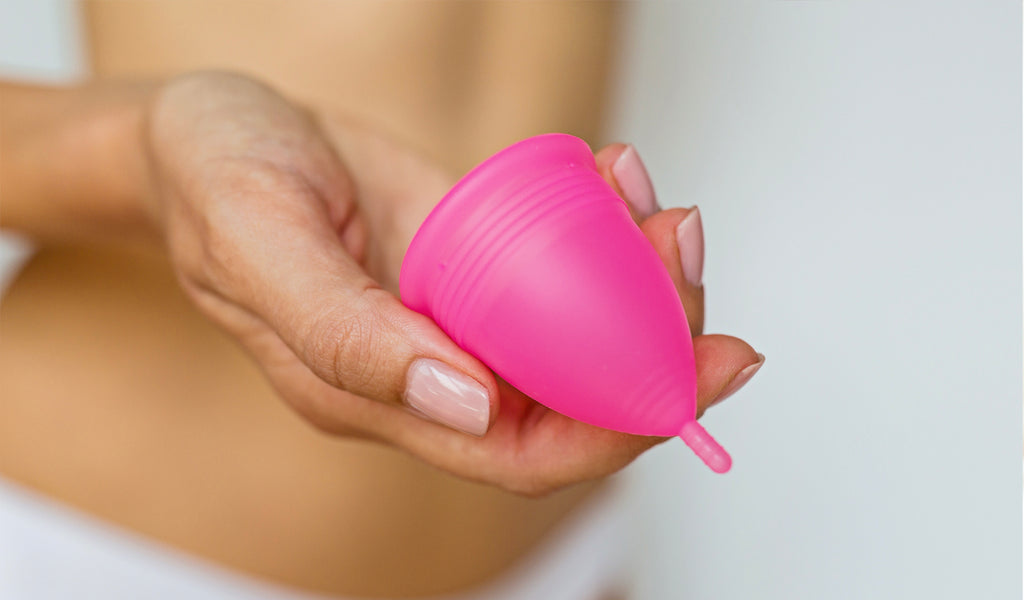
Menstrual Cup Insertion Techniques: Finding What Works for You

Switching to a menstrual cup can be a transformative experience, offering numerous benefits over traditional menstrual products. However, mastering the insertion process is crucial for a comfortable and leak-free experience. This guide explores various insertion techniques, helping you find the method that works best for your body.
Why Insertion Techniques Matter
Proper insertion is key to a successful experience with a menstrual cup. The right technique ensures that the cup opens fully, creating a secure seal against the vaginal walls. This seal prevents leaks and ensures comfort. Finding the most suitable method may require some experimentation, but it's worth the effort for the long-term benefits.
Preparing for Insertion
- Hygiene First: Always start by washing your hands with soap and water. Cleanliness is crucial to prevent infections.
- Relaxation: Choose a calm, private environment. Relax your pelvic muscles to make insertion easier.
- Lubrication: If needed, you can use water or a water-based lubricant on the rim of the cup to ease insertion.
Popular Insertion Techniques
-
C-Fold (U-Fold)
- How to Do It: Flatten the cup and fold it in half to form a C or U shape.
- Benefits: This is one of the simplest and most popular folds, making it a great starting point for beginners.
- Considerations: The fold creates a wider point of insertion, which may be challenging for some.
-
Punch-Down Fold
- How to Do It: Push one side of the rim down into the cup, creating a smaller point.
- Benefits: The punch-down fold has a smaller insertion point, making it easier for those new to using a cup.
- Considerations: It may take a bit more effort to ensure the cup fully opens once inside.
-
7-Fold
- How to Do It: Flatten the cup, then fold one top corner down diagonally to the opposite bottom corner, forming a 7 shape.
- Benefits: The 7-fold provides a narrower insertion point while being easier to open than the punch-down fold.
- Considerations: This fold may require practice to perfect the diagonal fold.
-
Origami Fold
- How to Do It: Push the rim down and to the side, then fold the sides together.
- Benefits: This fold creates a very small insertion point, making it ideal for those with a low cervix.
- Considerations: It can be tricky to master, but it’s highly effective once learned.
-
Labia Fold
- How to Do It: Pinch the cup in the middle and fold one side over the other.
- Benefits: This fold is known for creating a very small insertion point and is easy to open once inside.
- Considerations: It may take some trial and error to get the folding just right.
Inserting the Cup
- Find a Comfortable Position: Different positions work for different people. Common positions include squatting, sitting on the toilet, or standing with one leg elevated. Experiment to find what’s most comfortable for you.
- Insert the Folded Cup: Hold the folded cup firmly and guide it into your vagina at an angle, aiming towards your tailbone. Gently push it in until the entire cup is inside.
- Let It Open: Once the cup is inside, it should pop open to create a seal. You can help it open by rotating the cup or running a finger around the base.
- Check the Seal: Ensure the cup has fully opened and formed a seal by running a finger around the base. It should feel round or oval without any significant folds.
Tips for Success
- Practice Makes Perfect: It may take a few cycles to become entirely comfortable with insertion. Practice different folds and positions to find what works best.
- Stay Relaxed: Tension in your pelvic muscles can make insertion more difficult. Take deep breaths and relax your body.
- Use Water-Based Lubricant: If you have difficulty with insertion, a small amount of water-based lubricant can make the process smoother.
- Trim the Stem: If the stem of the cup causes discomfort, you can trim it. Just be careful not to cut too much, as the stem helps with removal.
Troubleshooting Common Issues
- Leaks: If you experience leaks, the cup may not be fully open or correctly positioned. Try a different fold or ensure the cup is positioned below your cervix.
- Difficulty Opening: If the cup doesn’t open easily, try a different fold or insert your finger alongside the cup to help it open.
- Discomfort: If you feel discomfort, the cup might be too high or low. Adjust its position or try a different fold.
Removing the Cup
- Wash Your Hands: Always start with clean hands.
- Find a Comfortable Position: Similar to insertion, find a comfortable position for removal.
- Break the Seal: Pinch the base of the cup to break the suction seal. Gently wiggle the cup side to side while pulling it out.
- Empty and Clean: Empty the contents into the toilet and rinse the cup with water before reinserting.
Cleaning and Maintenance
- Daily Cleaning: Rinse the cup with cold water to prevent stains, then wash with warm water and a mild, unscented soap.
- Deep Cleaning: Sterilize the cup by boiling it for 5-10 minutes at the end of each cycle.
- Storage: Store your cup in a breathable bag, not in an airtight container, to prevent bacterial growth.
Final Thoughts
Finding the right insertion technique is a personal journey that may require some experimentation. The benefits of using a menstrual cup far outweigh the initial learning curve. With practice and patience, you'll discover a method that works best for your body, providing comfort, convenience, and sustainability throughout your cycle. Embrace the change, and enjoy the freedom and confidence that come with mastering your menstrual cup.


